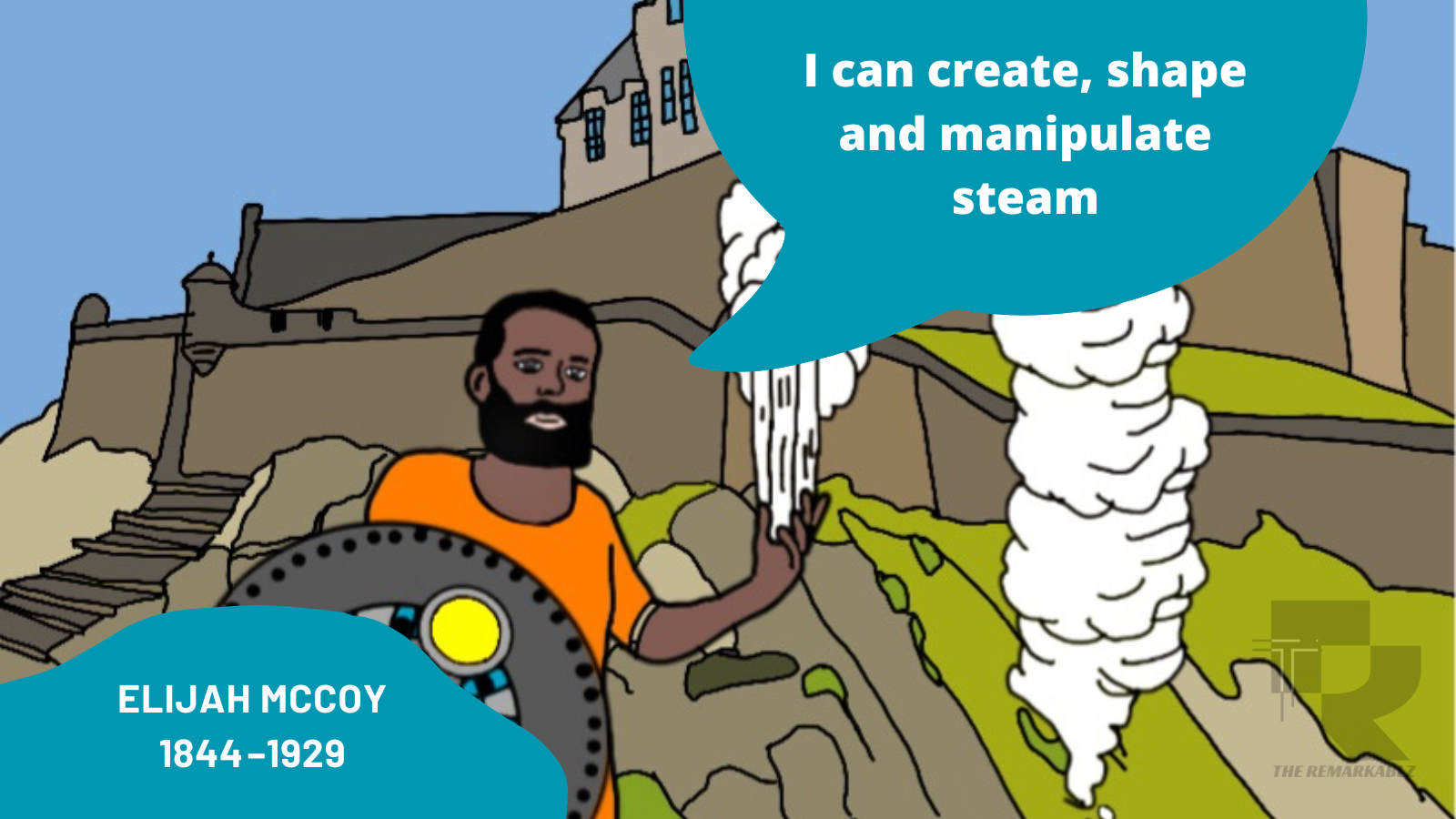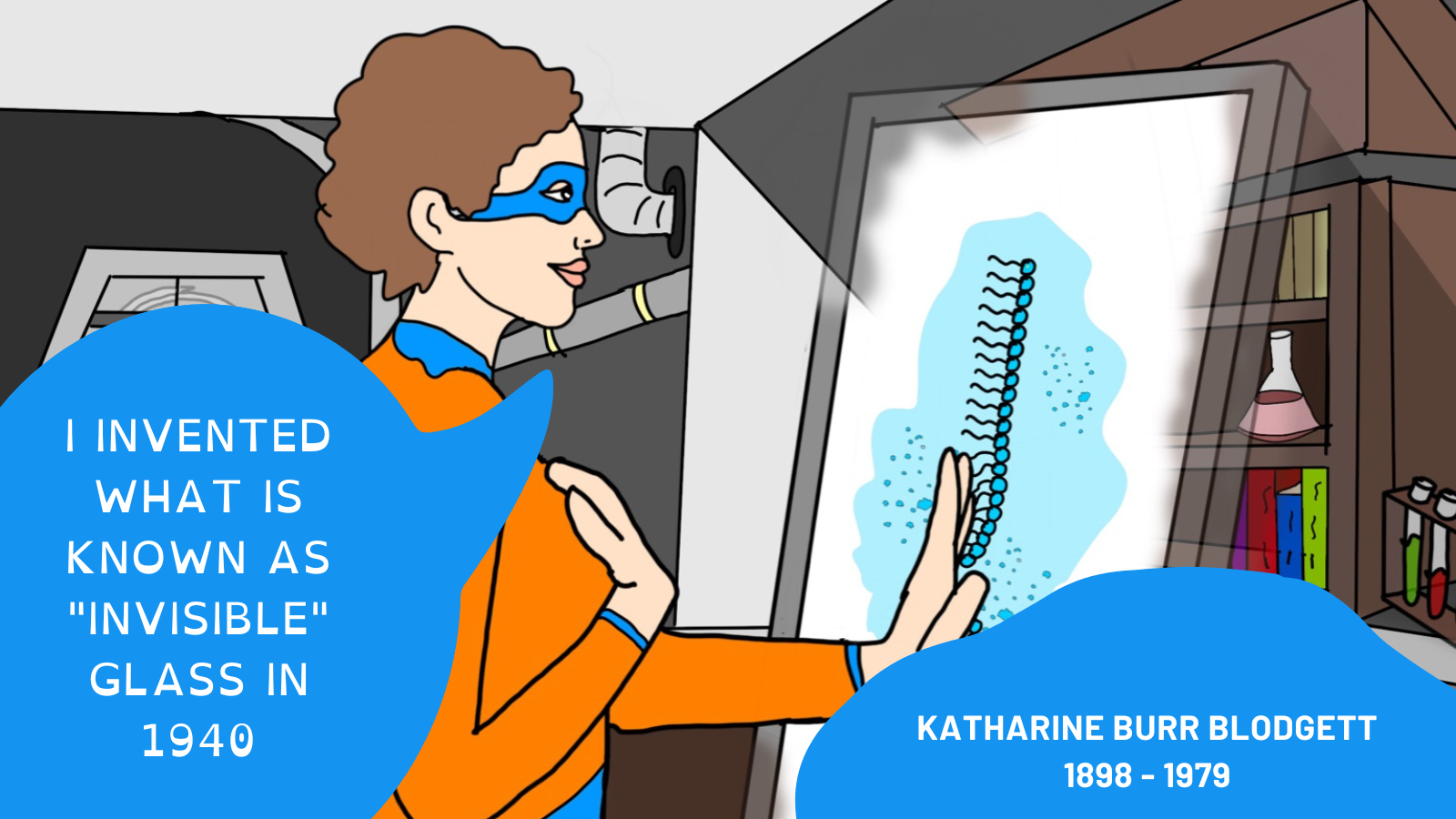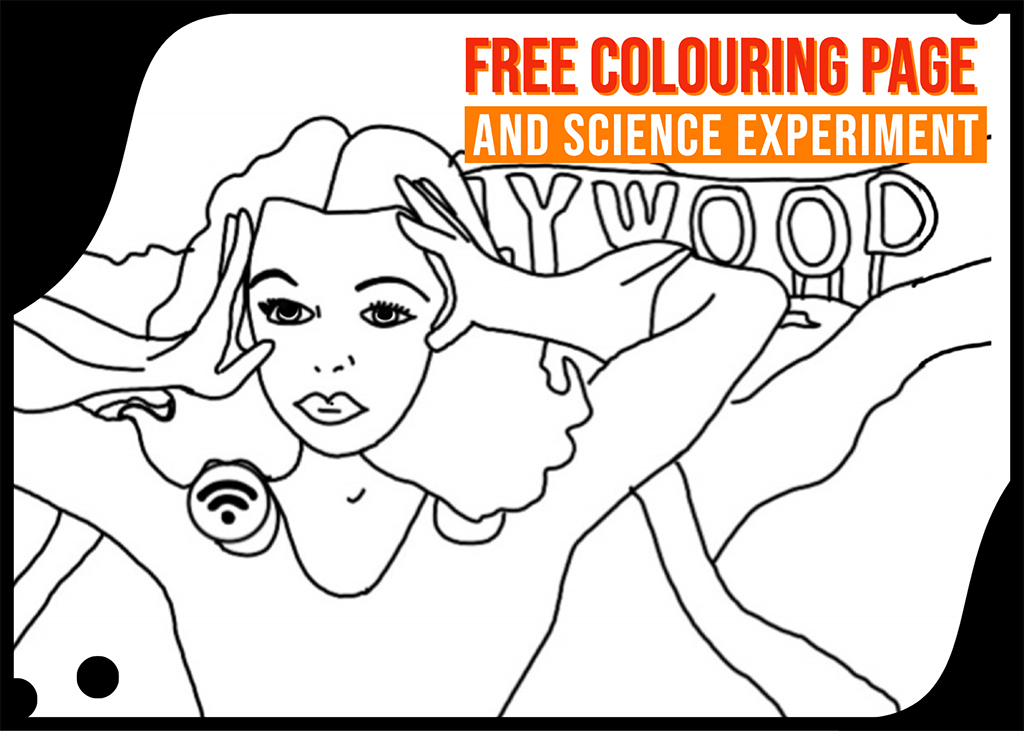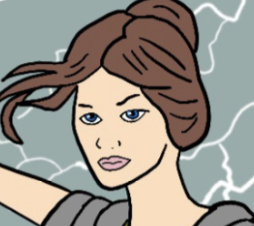
Get to Know
Mary Anning
Discover why we turned Mary into a superhero
WHO WAS MARY ANNING?
Name: Mary Anning
Born: 1799
Died: 1847
Occupation: Palaeontologist
Nationality: British
Mary hunted for fossils on the beaches of her home town of Lyme Regis (England). She was just 12 when she found her first fossil.
Later, she discovered a Plesiosaur fossil which helped to prove how living creatures had evolved and supported the theory of evolution. Anning died at the age of 47 in 1847. Charles Dickens wrote of her "The carpenter's daughter has won a name for herself, and has deserved to win it."
Mary Anning's discoveries were some of the most significant geological finds of all time. Find out more in this video from the Lyme Regis Museum.
Born: 1799
Died: 1847
Occupation: Palaeontologist
Nationality: British
Mary hunted for fossils on the beaches of her home town of Lyme Regis (England). She was just 12 when she found her first fossil.
Later, she discovered a Plesiosaur fossil which helped to prove how living creatures had evolved and supported the theory of evolution. Anning died at the age of 47 in 1847. Charles Dickens wrote of her "The carpenter's daughter has won a name for herself, and has deserved to win it."
Mary Anning's discoveries were some of the most significant geological finds of all time. Find out more in this video from the Lyme Regis Museum.
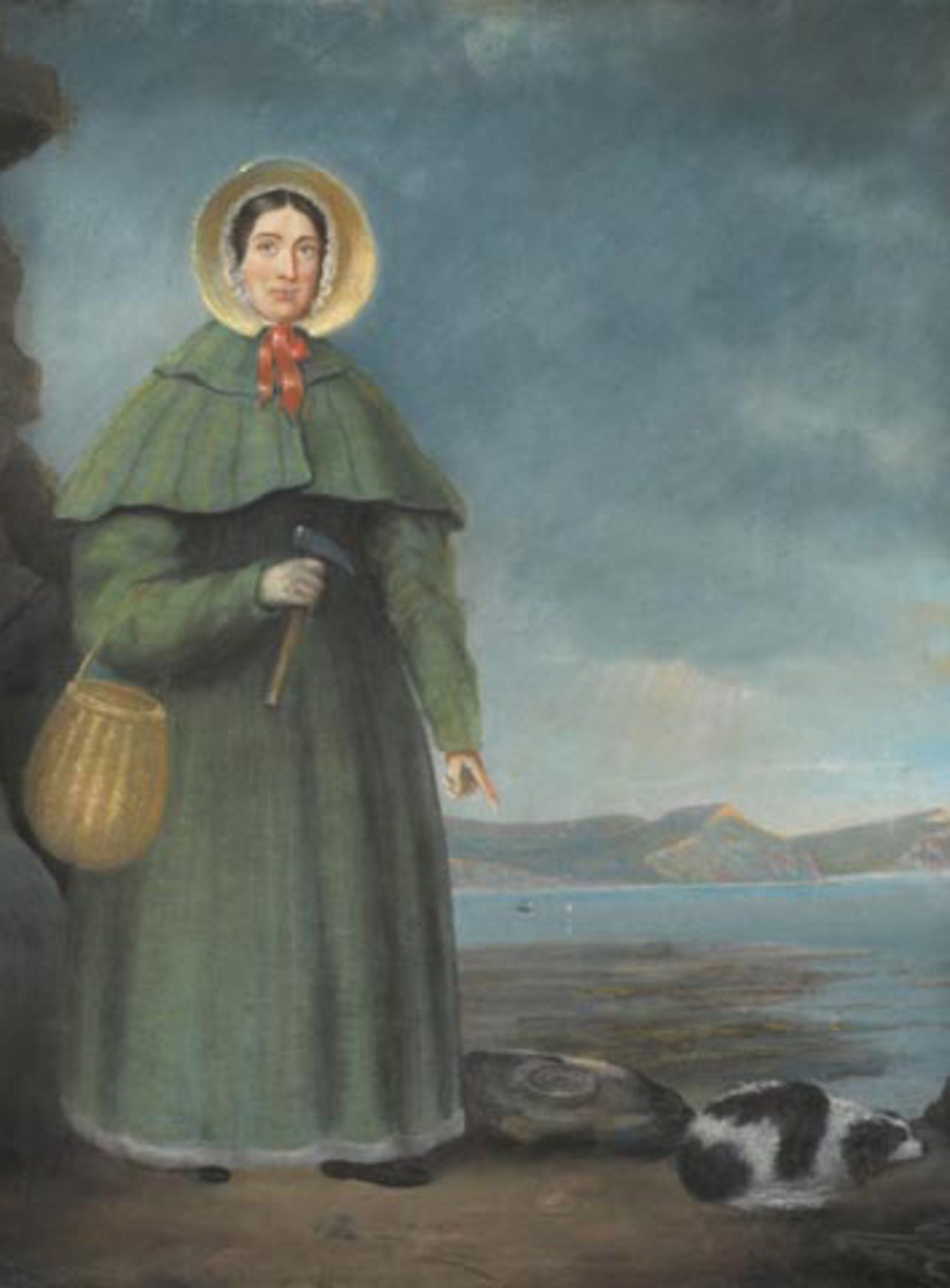
In The Remarkablz Universe... As a child, Mary was struck by lightning while exploring the cliffs of Lyme Regis during a thunderstorm. She survived—but something changed. From that moment on, she began to feel a deep connection to the Earth’s ancient past. Soon she discovered her extraordinary superpower: Mary could fossilise anything she touched—turning objects, materials, or even living things into perfectly preserved stone relics.
Superhero Backstory
Mary features in our signature card game, Top Quarkz. The game supports the development of maths, literacy and decision-making skills all while learning about some of the most impressive scientific discoveries throughout history. She also features in our colouring poster, Fetter's Chaos.
We've explained the drawing and his playing card below so you can learn more.
We've explained the drawing and his playing card below so you can learn more.
Mary has the power to turn any material, or person, into a fossil.
- The background of Mary's Top Quarkz card is the Golden Cap outcrop, the very same background can be found in the 1842 Portrait of Mary Anning.
- Mary had a lucky escape when she was a baby. The woman carrying her was struck by lightning.
Superpower
Mary's discovered the first Ichthyosaur skeleton. These were large marine reptiles that lived 250 million years ago.
The Mesozoic Era - Age of Reptiles- is an interval of geological time from about 252 million years ago.
Location
SideKick
As children, Mary and her brother Joseph went fossil hunting to supplement the family's income.
What killed the dinosaurs? Evidence suggests an asteroid impact was the main culprit.
Weakness
Each drawing we create has one or more hidden treasure(s) about our superheroes' life experiences, depictions in art, jobs or discoveries. Did you find the ones hidden in this drawing?
Discovery
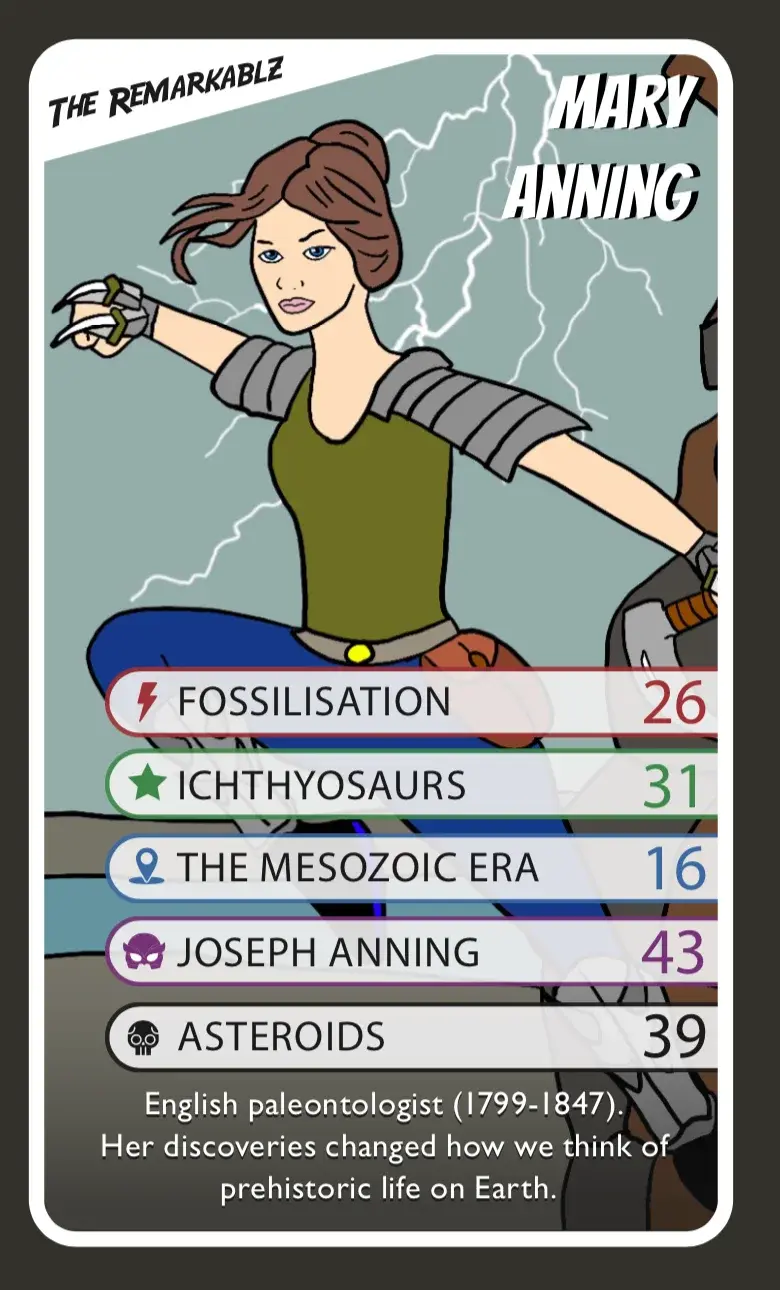
We have packed a lot into our Top Quarkz playing cards - from amazing imagined superpowers to biographical information and hidden treasures.
EDUCATIONAL RESOURCES
What's an Ichthyosaur?
Ichthyosaurs (Greek for "fish lizard") were large extinct marine reptiles that lived during the Mesozoic era.
Video credit: National Geographic
Video credit: National Geographic
What's a Fossil?
Fossils are the remains of dead plants and animals that get trapped and preserved for long periods of time.
Video credit: National History Museum, UK
Video credit: National History Museum, UK
Mary Anning's Story
Mary Anning (1799–1847) was a self-taught English paleontologist and fossil collector who changed the way we understand prehistoric life. Born in Lyme Regis, England, Mary spent her days searching the rocky beaches of the Jurassic Coast. At just 12 years old, she uncovered the first complete Ichthyosaur skeleton—a discovery that would spark global interest.
Video credit: BBC
Video credit: BBC
What's a Paleontologist?
Paleontologists study all fossilised past life. These might be bones or plants even very old poop. They use their knowledge of fossils to get a better idea of how life on Earth has changed over different periods of time. Most palaeontologists specialise in one particular area, such as invertebrates (animals that don't have a backbone), vertebrates (animals with a spinal cord), palaeobotany (fossilised plants), or micropalaeontology (microscopic remains of animals).
Video credit: SciShow Kids
Video credit: SciShow Kids
Find out about these exciting Science superheroes too!
Elijah's was a canadian engineer and inventor. His most famous invention helped trains run faster.
Sign up to our Newsletter
How Are Fossils Made? A Step-by-Step Guide to Fossilisation with Mary Anning
Discover the fascinating process of fossilisation in this easy-to-understand science explainer! Learn how animals become fossils over time—from decomposition to rock-hard replicas. Join Mary Anning, legendary fossil hunter and science superhero, as she breaks down the steps that preserve prehistoric life beneath our feet.
Katharine invented what is known as "invisible" glass in 1940. It is still used on items such as windshields, and glasses!
"Mary is probably the most important unsung collecting force in the history of paleontology.." Stephen Jay Gould
Want to discover more? Why not read a book about Mary and learn more her life, or dive into the world of our science superheroes
Mary also features in our giant colouring poster: Fetter's Chaos
Discover our free educational resources and activities
Mary Anning (History VIPs) - by Kay Barnham
Don't miss out, sign up to our Newsletter!
DISCOVER MORE

A Remarkablz Product


